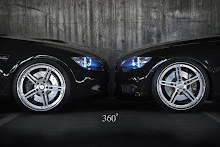An engineering design process is a process fused by engineers to help develop solution. It is a decision-mailing process (often iterative), in which the basic sciences, mathematics, and engineering sciences are applied to convert resources optimally to meet a stated objective. Among the fundamental elements of the design process are the establishment of objectives and criteria, synthesis, analysis, construction, testing, and evaluation.
This process can be divided up into a ten-step process, which includes identifying a need, defining the problem, conducting research, narrowing the research, analyzing set criteria, finding alternative solutions, analyzing possible solutions, making a decision, presenting the product, and communicating and selling the product. This process is not universal for all engineers or all processes. Individuals utilize their personal knowledge and experiences to follow the path to design success.
Contents :
This process can be divided up into a ten-step process, which includes identifying a need, defining the problem, conducting research, narrowing the research, analyzing set criteria, finding alternative solutions, analyzing possible solutions, making a decision, presenting the product, and communicating and selling the product. This process is not universal for all engineers or all processes. Individuals utilize their personal knowledge and experiences to follow the path to design success.
Contents :
- Identifying a need
- Defining the problem
- Conducting research
- Narrowing the research
- Analyzing set criteria
- Finding alternative solutions
- Analyzing possible solutions
- Making a decision
- Presenting the product
- Communicating and selling the product



























